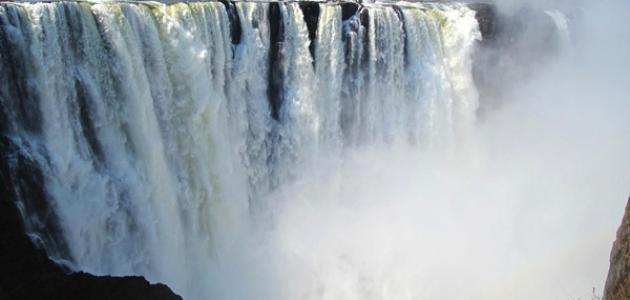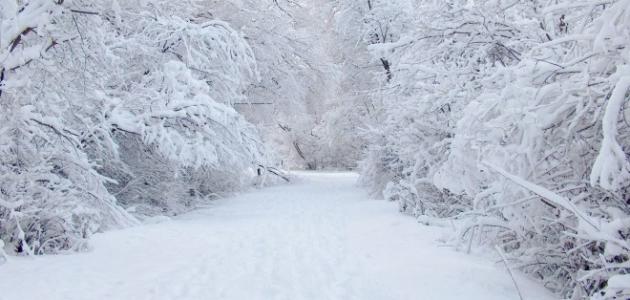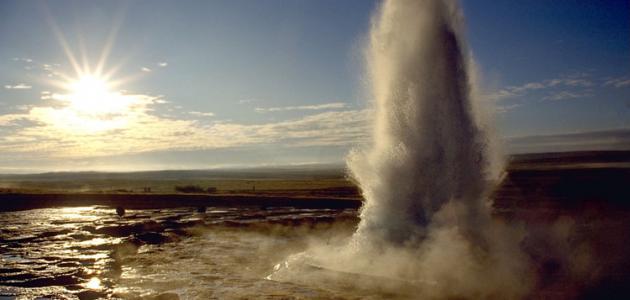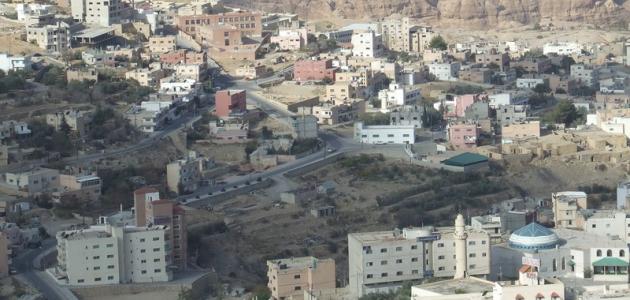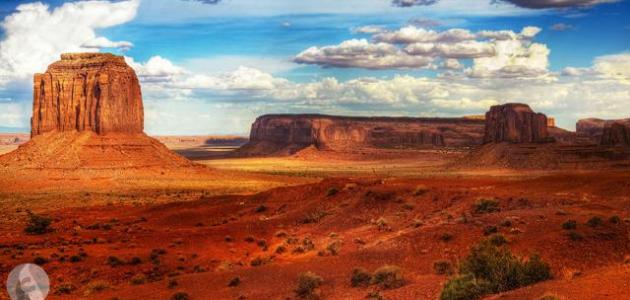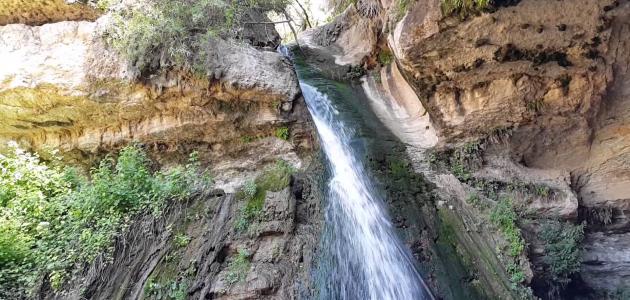Victoria Falls website
Victoria Falls is located halfway along the course of the Zambezi River, on the border between Zambia in the north and Zimbabwe in the south, where the width and depth of the waterfall is twice the width and depth of Niagara Falls, and its average flow is about 935 cubic meters per second, and the height of the waterfalls reaches approximately From 108.2 m, and the width of these falls is approximately 1.2 km, and it is known as Mosi-oa-Tunya (in English: Mosi-oa-Tunya) by the local tribes.
Biodiversity of Victoria Falls
Victoria Falls and its surrounding areas have many national parks, where environments include teak forests, savannas, and rainforests flourish right next to the waterfall, which are fed by water mist and high humidity.
The river at the bottom of the falls contains approximately thirty-nine species of fish, and approximately eighty-nine species of fish in the river that supplies the waters of the waterfall at the top. Leopards, buffaloes, antelopes, lions, monkeys, giraffes, zebras, and many others The many types of animals that exist in Victoria Falls and the surrounding parks.
Facts about Victoria Falls
Victoria Falls enjoys natural scenery that attracts many visitors, and the facts that can be recognized about these waterfalls include the following:
Read also:The most powerful earthquakes in human history- Victoria Falls is classified as one of the Seven Natural Wonders of the World.
- The falls form the largest wall of falling water in the world, which includes five waterfalls, including: Angel Falls, Horseshoe Falls in Zimbabwe, East Fissure Falls in Zambia, and Rainbow Falls.
- The colorful mist of the falls rises more than 400 meters, and can be seen from a distance of up to forty-eight kilometers.
- April is the best time to visit the falls; Because of the peak flood season there, when the rains last from January to May, while the water flow is minimal in the months of October and November.
